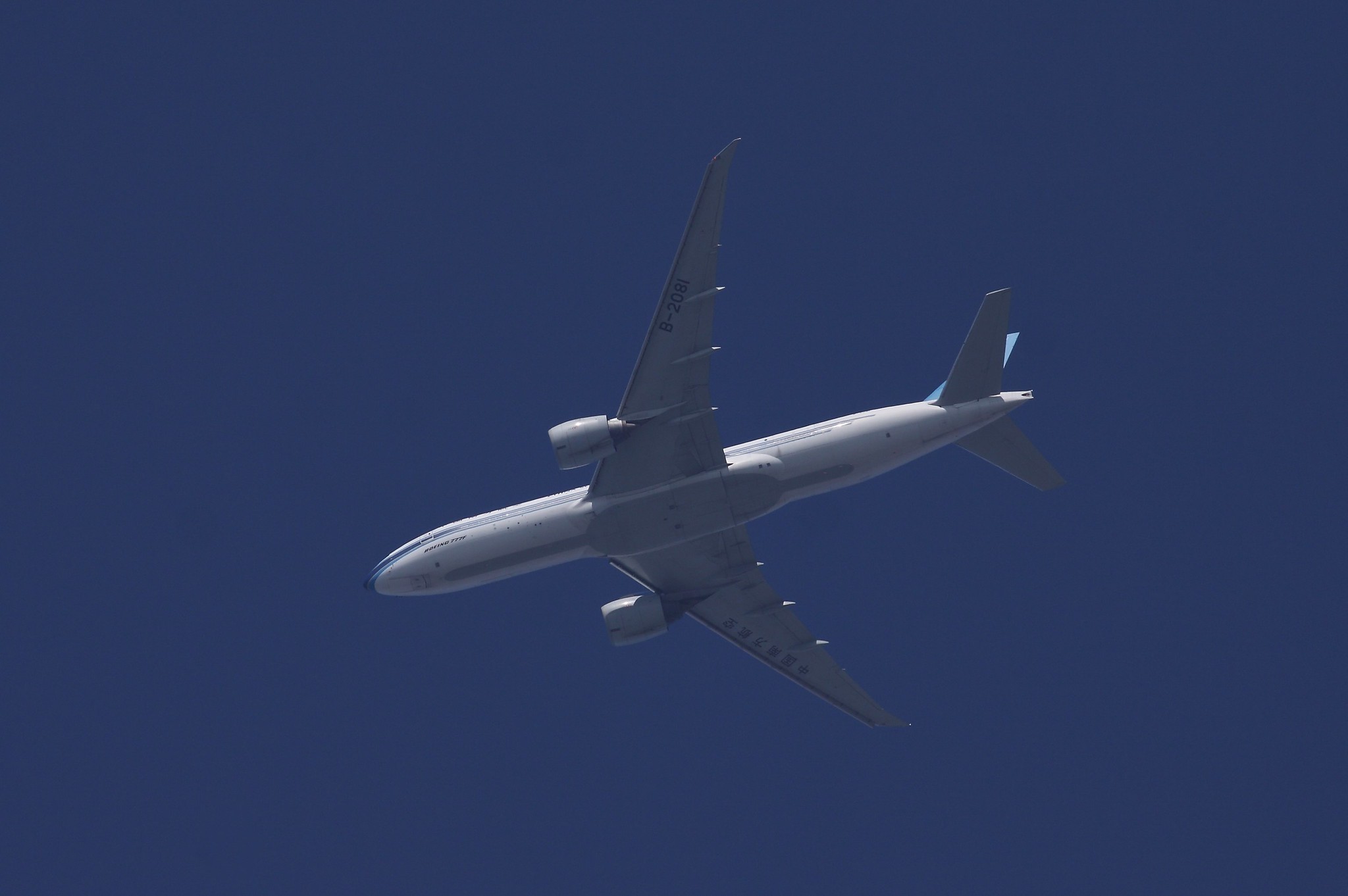IATA's New Numbers are Grim, Grim, Grim

Photo Credit: An airborne China Southern Cargo plane. Flickr / Dean Morley
IATA got significantly more pessimistic about when the airline industry will recover. Now, the group thinks traffic will not return to pre-pandemic levels until 2024, a year later than it had previously forecast.
Why the grim news? Basically, it's what you read about every day. The pandemic is rampaging across the world, particularly in the U.S. and in developing economies. Other developed economies have controlled Covid-19 and are on track to recover more quickly, IATA said. "There is little sign of virus containment in many important emerging economies, which in combination with the US, represent around 40% of global air travel markets," IATA said in its forecast. "Their continued closure, particularly to international travel, is a significant drag on recovery."
Beneath the headlines, the story is even more grim. IATA'S 2020 forecast now is that global enplanements will be down 55% in 2020, compared with 2019, and that's a revision downward from the 46% decline IATA had predicted in April. Next year, IATA forecasts that passenger volumes will rise 62% year-over-year, but that's from this year's depressed base.
Domestic travel is expected to fuel any traffic this year, and IATA says it does see pent-up demand for visiting friends and relatives travel. There is a "but," however. IATA's economists also see declining consumer confidence, with more than half of respondents to a survey saying they do not plan to travel this year. Business travel will remain depressed for the year as companies slash travel budgets and keep travel restrictions in place.
So was there any good news in IATA's forecasts? Sort of. Cargo traffic was 18% down year-over-year in June, but that's better than the 21% year-over-year decline in May. There's a bit of a capacity shortage for cargo, as belly-hold capacity is down 70% (due to fewer international passenger flights) but that's somewhat offset by freighter capacity rising more than 30%.
But air cargo is losing market share to rail and maritime cargo transport, a trend typical of economic downturns, IATA reported. Now that emergency transport of medical equipment has eased, companies are turning toward cheaper modes of freight transport.
